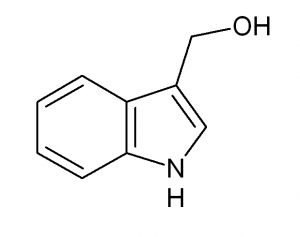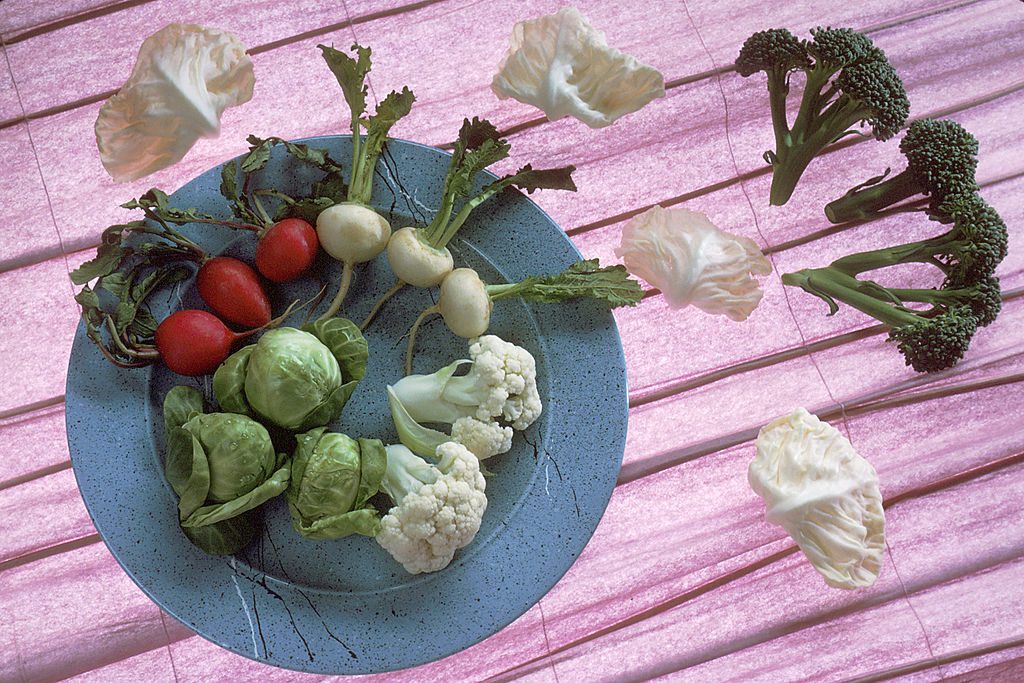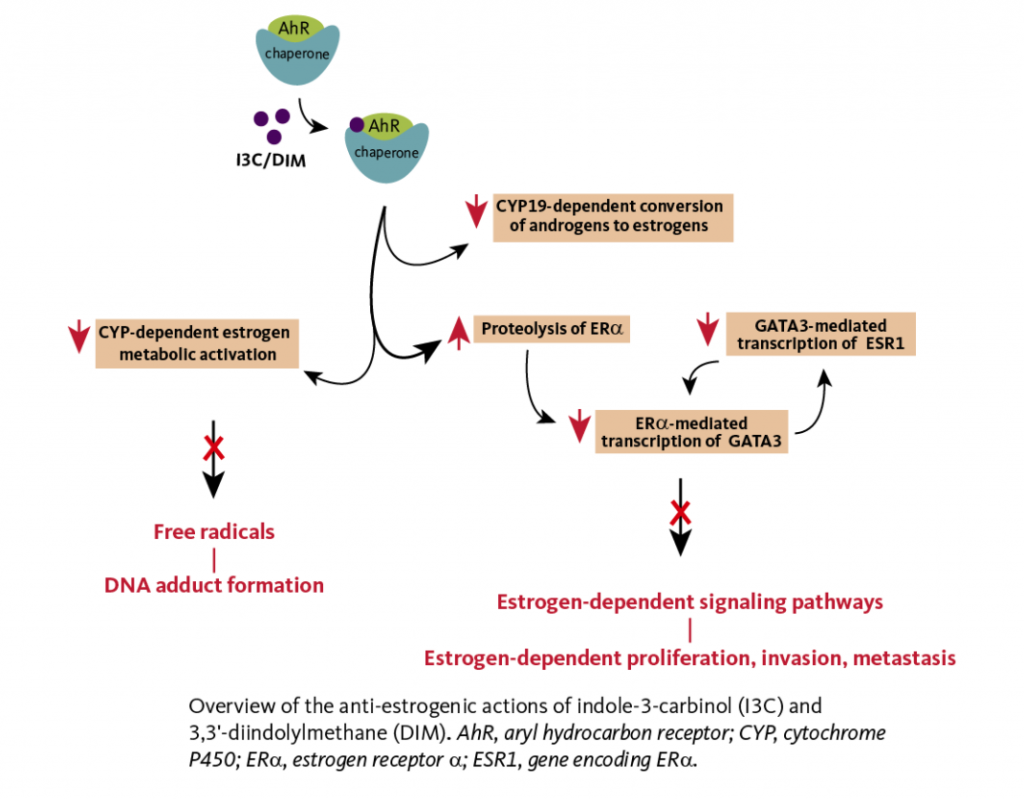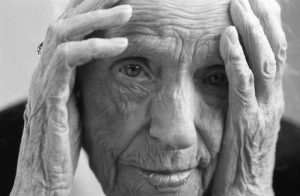*Fact-checked and upated by: Valentino Muza.
Indole-3-carbinol from cruciferous vegetables may sustain testosterone levels via anti-estrogenic activity.

- Blocking aromatase. I3C may maintain testosterone levels by limiting its conversion into estrogen.
- Anti-estrogenic effects. I3C regulates the production and breakdown of estrogen, and one of the potential results of this process is to “free” bound testosterone.
Overview
Indole-3-carbinol, or simply I3C, is a compound that occurs as the byproduct of a natural substance known as glucosinolate glucobrassicin, which is widely available in everyday vegetables and greens such as broccoli, cauliflower, cabbage, and kale.
The compound has demonstrated a wide-range of possible health applications, from anti-inflammatory and anti-atherogenic effects, to inducing antioxidant enzymes and boosting the immune system. Specifically, it may help combat several health conditions including lupus, human papilloma virus, and excessive cellular growth.
More recently, research has uncovered that I3C is capable of modulating the expression and activity of enzymes involved in the regulation of hormones. Its most prominent bioactivity is to alter the metabolism of estrogen, which in turn, may impact overall testosterone levels.

How Indole-3-carbinol Might Help With Testosterone
Limiting estrogen levels
Although no research has found indole-3-carbinol capable of directly elevating testosterone levels, studies have suggested that I3C may indirectly augment testosterone through various anti-estrogenic mechanisms: 2
- Inhibiting synthesis of estrogen.
- Promoting metabolization of estrogen, or otherwise increasing the ratio of 2-hydroxyestrone (“good” estrogen metabolite) to 16alpha-hydroxyestrone (“bad” estrogen metabolite).
- Blocking estrogen signaling.
An indirect outcome of these pathways is releasing testosterone bound to sex-hormone binding globulin (SHBG), which would enable testosterone to more freely cross the blood-brain barrier and enact its effects throughout the body.

Downregulating aromatase
I3C as well as its constituent DIM downregulate the expression of aromatase, or CYP19, which is the protein responsible for converting testosterone into estrogen.3 Decreasing the presence of aromatase can limit the amount of testosterone that is replaced by estrogen.
Indole-3-carbinol Benefits & Uses for Testosterone

This is particularly relevant for older men with naturally lowering testosterone levels. Their lower testosterone to estrogen ratio can result in health consequences — such as gynecomastia, loss of muscle tissue, fat accumulation, alopecia, enlarged prostate, loss of libido, and erectile dysfunction — that I3C might be able to counteract by restricting estrogen availability.4
Research
Animal Research
Animal research indicates that indole-3-carbinol may indirectly aid testosterone availability by:
Human Research
Clinical studies concerning indole-3-carbinol have primarily focused on the compound’s ability to reduce estrogen levels, which may indirectly increase the availability of testosterone in the blood but not necessarily boost testosterone levels per se.
Indole-3-carbinol (375 mg) may have anti-estrogenic effects in women with lupus
In this non-controlled investigation, 17 women with lupus took 375 mg of I3C every day for 3 months. The women experienced a statistically significant decrease in the amount of 16alpha-hydroxyestrone (“bad” estrogen metabolite).
- The researchers concluded that “women with SLE can manifest a metabolic response to I3C and might benefit from its anti-estrogenic effects.”7
Indole-3-carbinol (400 mg) may increase estrogen breakdown in women
In this non-controlled investigation, 5 obese women took 400 mg of purified I3C every day for 2 months. At the end of the study, all of the women had significant increases in estradiol 2-hydroxylation, i.e., the breakdown of an estrogen hormone.
- The researchers concluded that “obese premenopausal women experience increased estrogen 2-hydroxylation in response to the dietary agent, 13C, similar to non-obese women.”8
Indole-3-carbinol (6-7 mg/kg) may lower estrogen stimulation
In this non-controlled investigation, 7 men took 6-7 mg of I3C per kg of bodyweight every day for 1 week, while 10 women took the same dose of I3C for 2 months. I3C consumption led to significant increased excretion of estrogen and decreased levels of estrogen metabolites.
- The researchers concluded that “I3C-induced estrogen 2-hydroxylation results in decreased concentrations of several metabolites known to activate the estrogen receptor. This effect may lower estrogenic stimulation in women.”9
Indole-3-carbinol (6-7 mg/kg) may increase excretion of estrogen
In this non-controlled investigation, 12 adults took 6-7 mg of I3C per kg of bodyweight every day for 7 days. Taking the compound led to significant excretion of the estrogen metabolites 2-hydroxyestrone (2OHE1) and estriol (E3).
- The researchers concluded that “I3C predictably alters endogenous estrogen metabolism.”10
Dosage for Testosterone
- Successful clinical research studies have used from 300 – 1200 mg of I3C per day.
- Typical daily supplement doses range from 100 – 800 mg.
Available Forms
- Raw Brassica vegetables
- Tablet or capsule
Supplements in Review Says
- Indole-3-carbinol 100 mg for testosterone.
Indole-3-carbinol may indirectly aid testosterone levels. Growing interest in indole-3-carbinol as a testosterone booster hinges mainly on its anti-estrogenic effects, which mostly sustain testosterone levels rather than elevate them. As such, I3C may be most useful for people whose testosterone levels have fallen below normal rather than for the general population.
Research on I3C is ongoing. Its effects in isolation vs. together with other compounds naturally present in foods aren’t fully understood yet, which is why we suggest the following;
Stick with dietary I3C in cruciferous veggies. Both of the phytochemicals I3C and DIM are easily accessible in cruciferous vegetables, and we suggest meeting dietary needs for these two bioactive ingredients that way. Those who prefer supplementation should start with a 100 mg dose of I3C. Studies have shown that up to 1,200 mg per day is safe and tolerable.
Leave a Reply